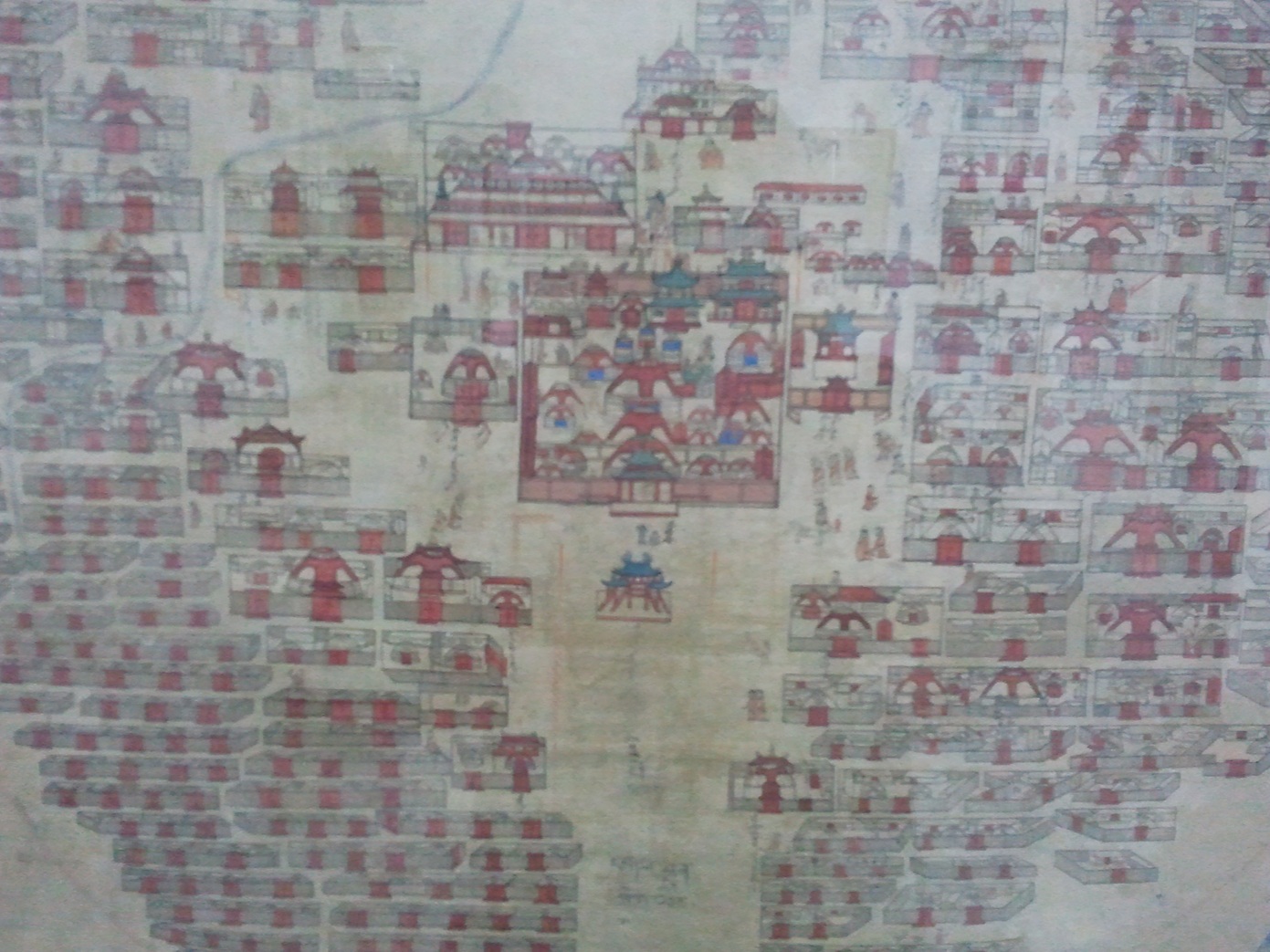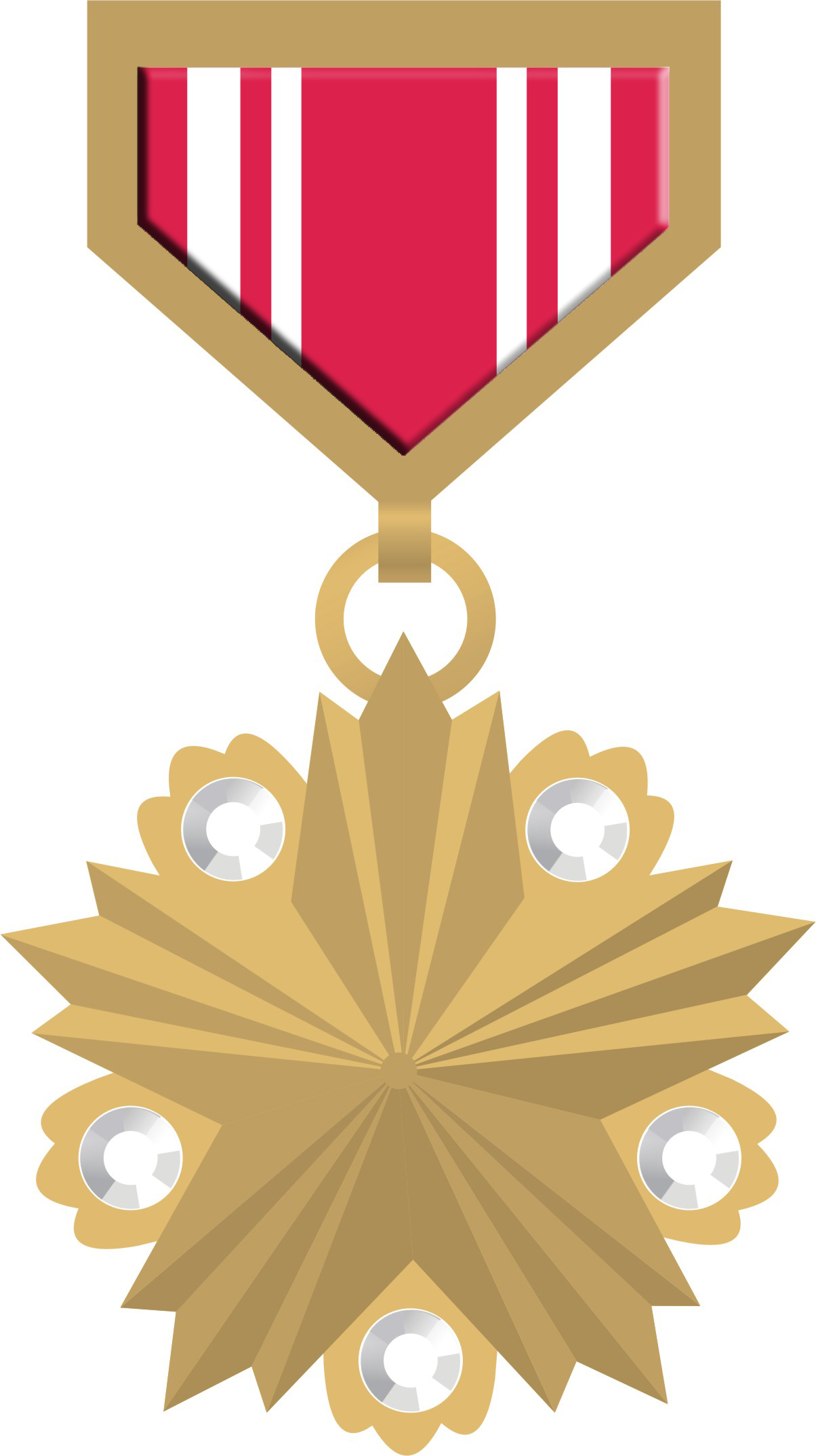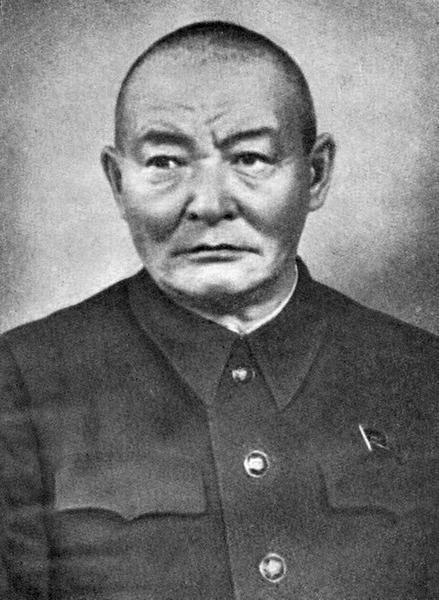|
Manjusri Monastery
Mañjuśrī Monastery ( mn, Манзуширын хийд; alternately translated as Manzushir; ) is a former gompa established in 1733 and destroyed by Mongolian communists in 1937. Its ruins are located approximately 15 kilometers (as the crow flies, 43 kilometers by car) south of the Mongolian capital Ulaanbaatar on the south slope of Bogd Khan Mountain. History The monastery, dedicated to Mañjuśrī, the Bodhisattva of wisdom, was first established by the sainted monk Luvsanjambaldanzan in 1733 as the permanent residence of the Reincarnation of the Bodhisattva of Wisdom. It came under the personal administration of Mongolia’s religious leader, the Jebtsundamba Khutuktu, also known as the Bogd Khan, in 1750. Over time, the expanded monastery became one of the country's largest and most important monastic centers comprising 20 temples and housing more than 300 monks. Religious ceremonies often involved more than 1000 monks. The lamasery housed a collection of valuable and ... [...More Info...] [...Related Items...] OR: [Wikipedia] [Google] [Baidu] |
Bogd Khan Mountain
The Bogd Khan Mountain ( Mongolian: Богд хан уул, ''lit. "Saint Khan Mountain"'') is a mountain in Mongolia that overlooks the nation's capital, Ulaanbaatar, from a height of to the south of the city. World Heritage Status The Bogd Khan Mountain, along with Mongolia's other sacred mountains Burkhan Khaldun and Otgontenger, was added to the UNESCO World Heritage Tentative List on August 6, 1996 in the Cultural category. World Heritage sites are those that exhibit universal natural or cultural significance, or both. In 1783 the local Mongolian government of the Qing dynasty declared the Bogd Khan a protected site, for its beauty. Protection in 1681 and Zanabazar's two pavilions Mount Bogd Khan Uul was already protected during Zanabazar's time. Zanabazar was said to have meditated under a tree called Janchivsembe in Nukht Valley of Mount Bogd Khan Uul. Russian envoy V.S.Turskii, the son of a Tobolsk landowner, was sent to the 1st Jebtsundamba Khutugtu Zanabazar (1 ... [...More Info...] [...Related Items...] OR: [Wikipedia] [Google] [Baidu] |
Japan
Japan ( ja, 日本, or , and formally , ''Nihonkoku'') is an island country in East Asia. It is situated in the northwest Pacific Ocean, and is bordered on the west by the Sea of Japan, while extending from the Sea of Okhotsk in the north toward the East China Sea, Philippine Sea, and Taiwan in the south. Japan is a part of the Ring of Fire, and spans an archipelago of 6852 islands covering ; the five main islands are Hokkaido, Honshu (the "mainland"), Shikoku, Kyushu, and Okinawa. Tokyo is the nation's capital and largest city, followed by Yokohama, Osaka, Nagoya, Sapporo, Fukuoka, Kobe, and Kyoto. Japan is the eleventh most populous country in the world, as well as one of the most densely populated and urbanized. About three-fourths of the country's terrain is mountainous, concentrating its population of 123.2 million on narrow coastal plains. Japan is divided into 47 administrative prefectures and eight traditional regions. The Greater Tokyo Ar ... [...More Info...] [...Related Items...] OR: [Wikipedia] [Google] [Baidu] |
Tibetan Buddhism In Mongolia
Tibetan may mean: * of, from, or related to Tibet * Tibetan people, an ethnic group * Tibetan language: ** Classical Tibetan, the classical language used also as a contemporary written standard ** Standard Tibetan, the most widely used spoken dialect ** Tibetan pinyin, a method of writing Standard Tibetan in Latin script ** Tibetan script ** any other of the Tibetic languages Tibetan may additionally refer to: Culture * Old Tibetan, an era of Tibetan history * Tibetan art * Music of Tibet * Tibetan rug Tibetan rug making is an ancient, traditional craft. Tibetan rugs are traditionally made from Tibetan highland sheep's wool, called ''changpel''. Tibetans use rugs for many purposes ranging from flooring to wall hanging to horse saddles, though t ... * Tibetan culture * Tibetan cuisine Religion * Tibetan Buddhism * Tibetan Muslims Other uses * Tibetan alphabet * Tibetan (Unicode block) * Tibetan name * Tibetan calendar * Tibetan Spaniel, a breed of dog * Tib ... [...More Info...] [...Related Items...] OR: [Wikipedia] [Google] [Baidu] |
Gelug Monasteries
240px, The 14th Dalai Lama (center), the most influential figure of the contemporary Gelug tradition, at the 2003 Bodhgaya (India). The Gelug (, also Geluk; "virtuous")Kay, David N. (2007). ''Tibetan and Zen Buddhism in Britain: Transplantation, Development and Adaptation,'' p. 39. Routledge. is the newest of the four major schools of Tibetan Buddhism. It was founded by Je Tsongkhapa (1357–1419), a Tibetan philosopher, tantric yogi and lama and further expanded and developed by his disciples (such as Khedrup Je, Gyaltsap Je and Gendün Drubpa). The Gelug school is alternatively known as New Kadam (''bKa’-gdams gsar-pa''), since it sees itself as a continuation of the Kadam tradition of Atisha (c. 11th century). Furthermore, it is also called the Ganden school, after the first monastery established by Tsongkhapa. The Ganden Tripa ("Ganden Throne Holder") is the official head of the school, though its most influential figure is the Dalai Lama ("Ocean Teacher"). Allying ... [...More Info...] [...Related Items...] OR: [Wikipedia] [Google] [Baidu] |
Buddhist Monasteries In Mongolia
Buddhism ( , ), also known as Buddha Dharma and Dharmavinaya (), is an Indian religion or philosophical tradition based on teachings attributed to the Buddha. It originated in northern India as a -movement in the 5th century BCE, and gradually spread throughout much of Asia via the Silk Road. It is the world's fourth-largest religion, with over 520 million followers (Buddhists) who comprise seven percent of the global population. The Buddha taught the Middle Way, a path of spiritual development that avoids both extreme asceticism and hedonism. It aims at liberation from clinging and craving to things which are impermanent (), incapable of satisfying ('), and without a lasting essence (), ending the cycle of death and rebirth (). A summary of this path is expressed in the Noble Eightfold Path, a training of the mind with observance of Buddhist ethics and meditation. Other widely observed practices include: monasticism; "taking refuge" in the Buddha, the , and the ... [...More Info...] [...Related Items...] OR: [Wikipedia] [Google] [Baidu] |
Qing
The Qing dynasty ( ), officially the Great Qing,, was a Manchu-led imperial dynasty of China and the last orthodox dynasty in Chinese history. It emerged from the Later Jin dynasty founded by the Jianzhou Jurchens, a Tungusic-speaking ethnic group who unified other Jurchen tribes to form a new "Manchu" ethnic identity. The dynasty was officially proclaimed in 1636 in Manchuria (modern-day Northeast China and Outer Manchuria). It seized control of Beijing in 1644, then later expanded its rule over the whole of China proper and Taiwan, and finally expanded into Inner Asia. The dynasty lasted until 1912 when it was overthrown in the Xinhai Revolution. In orthodox Chinese historiography, the Qing dynasty was preceded by the Ming dynasty and succeeded by the Republic of China. The multiethnic Qing dynasty lasted for almost three centuries and assembled the territorial base for modern China. It was the largest imperial dynasty in the history of China and in 1790 the ... [...More Info...] [...Related Items...] OR: [Wikipedia] [Google] [Baidu] |
Mongolian Revolution Of 1990
The Mongolian Revolution of 1990, known in Mongolia as the 1990 Democratic Revolution ( mn, 1990 оны ардчилсан хувьсгал, ), was a peaceful democratic revolution which led to the country's transition to a multi-party system. It was inspired by the economic reforms of the Soviet Union in the late 1980s and was one of the many revolutions of 1989. It was led mostly by young demonstrators who rallied at Sükhbaatar Square, in the capital Ulaanbaatar. The main organisers of the demonstrations included Davaadorjiin Ganbold, Tsakhiagiin Elbegdorj, Sanjaasürengiin Zorig, Erdeniin Bat-Üül, Bat-Erdeniin Batbayar, and Dogmidiin Sosorbaram. Although one-party rule in Mongolia officially ended with the adoption of a new constitution on 12 February 1992, the Mongolian People's Revolutionary Party (MPRP) remained in power until it was defeated by the Democratic Union Coalition in the 1996 legislative election. However, the MPRP government of the early mult ... [...More Info...] [...Related Items...] OR: [Wikipedia] [Google] [Baidu] |
Sükhbaatar Square
Sükhbaatar Square ( mn, Сүхбаатарын талбай, pronounced ''Sükhbaatariin Talbai'') is the central square of Mongolia's capital Ulaanbaatar. The square was named for Mongolian's revolutionary hero Damdin Sükhbaatar after his death in 1923. The square's name was changed to Chinggis Square ( mn, Чингисийн талбай, pronounced ''Chinggisiin Talbai'') in 2013 in honor of Genghis Khan, considered the founding father of Mongolia, but the original name was restored in 2016. The center of the plaza features an equestrian statue of Damdin Sükhbaatar, while a large colonnade monument dedicated to Genghis Khan, as well as to Ögedei Khan and Kublai Khan, dominates the square's north face directly in front of the Saaral Ordon (Government Palace). Buildings Government Palace (Mongolia), Government Palace (built in 1951 on the spot formally occupied by the national theater or "Green Domed Theater") dominates the north side of the square. It is fronted by a large ... [...More Info...] [...Related Items...] OR: [Wikipedia] [Google] [Baidu] |
National Library Of Mongolia
Mongolian National Library ( mn, Монгол Улсын Үндэсний Номын Сан) located in Ulaanbaatar, is the largest and oldest library in Mongolia. It houses over three million books and publications, one million of which are rare and valuable books, sutras and manuscripts, including the world's only surviving copies of many ancient Buddhist texts. Collections The purpose of the National Library of Mongolia, according to its Rules of Organization and Operation, is “to collect and preserve manuscripts, sutras, academic degree dissertations, as well as books and periodicals that are published in Mongolia and significant foreign books and periodicals; to create a national bibliography; to serve efficiently the library users with the above material and to provide other public libraries with professional methodology, guidance and information.” The National Library of Mongolia is not only the largest library in the country, it is also the Professional Methodological ... [...More Info...] [...Related Items...] OR: [Wikipedia] [Google] [Baidu] |
Khorloogiin Choibalsan
Khorloogiin Choibalsan ( mn, Хорлоогийн Чойбалсан, spelled ''Koroloogiin Çoibalsan'' before 1941; 8 February 1895 – 26 January 1952) was the leader of Mongolia (Mongolian People's Republic) and Marshal (general chief commander) of the Mongolian People's Army from the 1930s until his death in 1952. His rule marked the first and last time in modern Mongolian history that an individual had complete political power. Sometimes referred to as the "Stalin of Mongolia", Choibalsan oversaw purges in the late 1930s that resulted in the deaths of an estimated 30,000 to 35,000 Mongolians. Most of the victims were Buddhist clergy, intelligentsia, political dissidents, ethnic Buryats and Kazakhs, and others perceived as "enemies of the revolution." While Choibalsan's alliance with Joseph Stalin helped preserve his country's fledgling independence during the early years of the Mongolian People's Republic (MPR), it also brought Mongolia closer to the Soviet Union. T ... [...More Info...] [...Related Items...] OR: [Wikipedia] [Google] [Baidu] |
Stalinist Repressions In Mongolia
The Stalinist repressions in Mongolia ( mn, Их Хэлмэгдүүлэлт, Ikh Khelmegdüülelt, ''"Great Repression"'') refers to an 18 month period of heightened political violence and persecution in the Mongolian People's Republic between 1937 and 1939. The repressions were an extension of the Stalinist purges (also known as the Great Purge) unfolding across the Soviet Union around the same time. Soviet NKVD advisors, under the nominal direction of Mongolia's ''de facto'' leader Khorloogiin Choibalsan, persecuted thousands of individuals and organizations perceived as threats to the Mongolian revolution and the growing Soviet influence in the country. As in the Soviet Union, methods of repression included torture, show trials, executions, and imprisonment in remote forced labor camps, often in Soviet gulags. Estimates differ, but anywhere between 20,000 and 35,000 "enemies of the revolution" were executed, a figure representing three to five percent of Mongolia's total ... [...More Info...] [...Related Items...] OR: [Wikipedia] [Google] [Baidu] |






